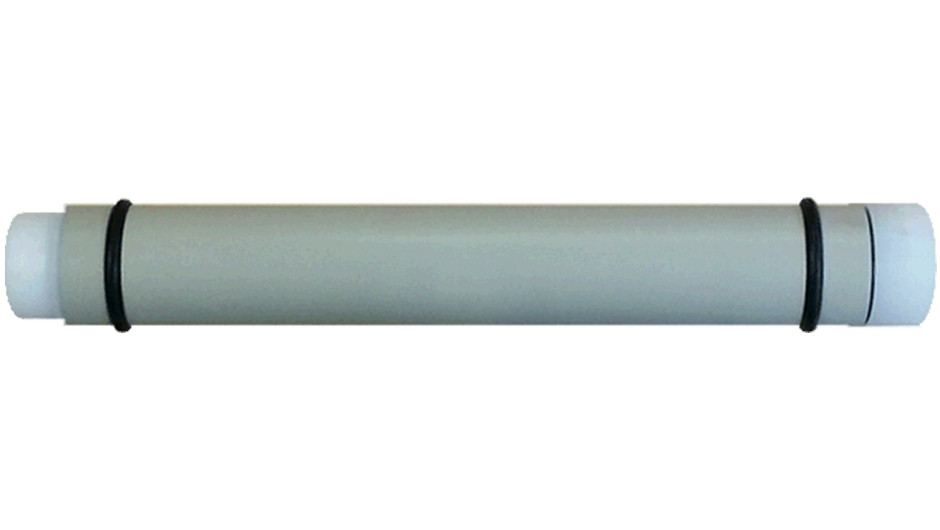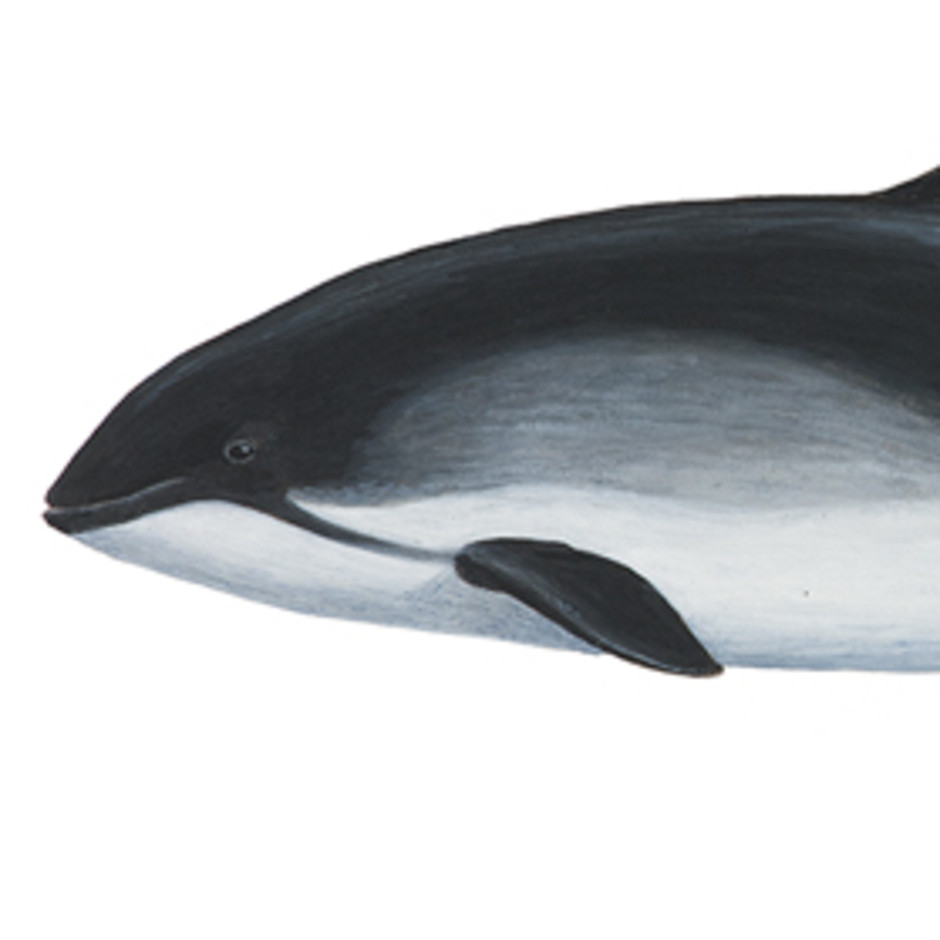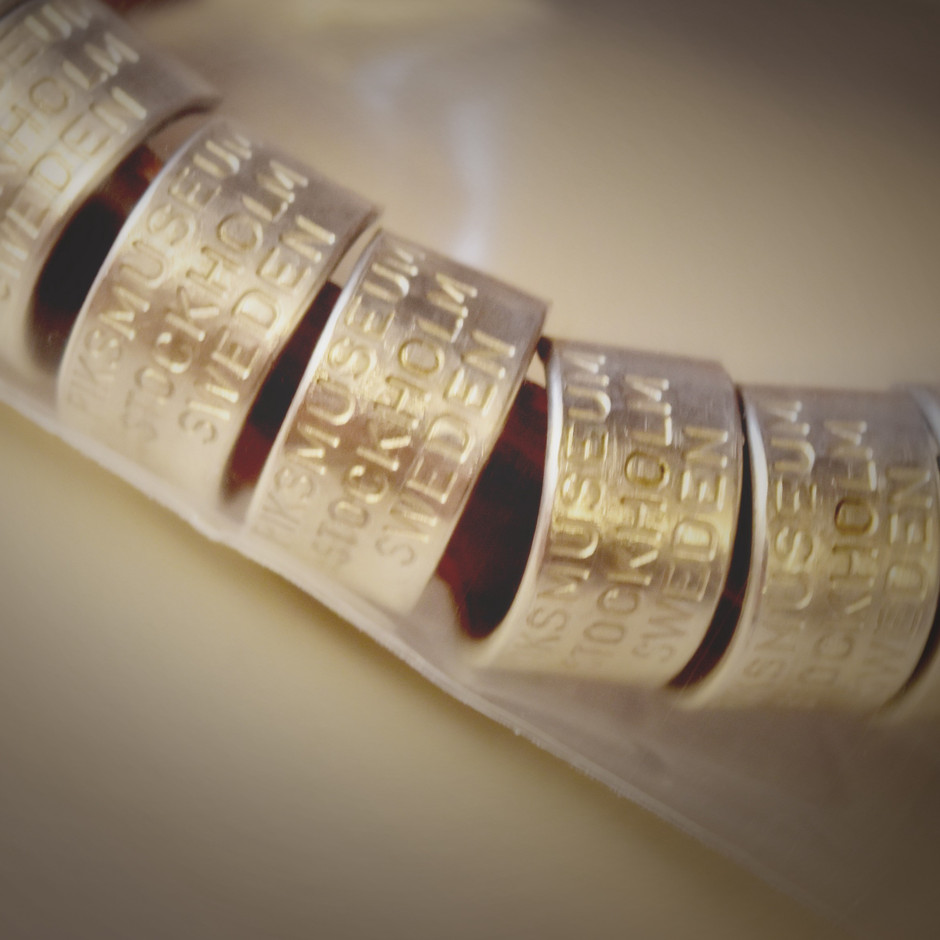Background
The Swedish Museum of Natural History has deployed porpoise click detectors, known as CPODs, at important places for porpoises in order to determine how often porpoises use these areas. The devices are anchored close to the bottom and need to be retrieved twice per year to download data and change the batteries. The monitoring of harbour porpoises is completed on behalf of the Swedish Agency for Marine and Water Management. By following the detection frequency of harbour porpoises over time we receive an indication of whether the harbour porpoise populations are increasing or decreasing over time.
Did you find a porpoise click detector?
If you find a porpoise click detector that has washed ashore we are very keen to get it back. Please contact the Swedish Museum of Natural History to confirm that it is one of our devices that you have found. For collections that are approved by us, compensation of 1000 kr (before tax) is paid.

Porpoise click detector/C-POD by Chelonia. Length approximately 70cm.
The harbour porpoise population in the Baltic Sea
In the Baltic Sea there is a Critically Endangered porpoise population with only an estimated 500 individuals remaining. During the summer the majority of animals gather around the central Baltic Sea, on and around Hoburgs bank and the North and South Midsea banks (south of Gotland and southeast of Öland) to give birth to their calves and to mate.
During the winter the porpoises spread out over a larger part of the Baltic Sea and in Swedish waters porpoise presence increases south of Blekinge and Öland as well as on the east coast.
Harbour porpoise populations on the west coast
On the west coast there are two harbour porpoise populations: The Belt Sea population (total of approximately 14 000 individuals) and the North Sea population (total of approximately 339 000 individuals). The North Sea population seems to have been stable in size since the mid-90s, where as there are indications that the Belt Sea population is declining in numbers.
Echolocation
It is difficult to get sightings of harbour porpoises, however they echolocate almost constantly in order to search for prey, navigate, and communicate. Their echolocation signals are very high frequency and cannot be heard by people, but the device that we use to monitor them (CPODs) are specially developed to listen for harbour porpoise clicks and to record information about these clicks.

Marina däggdjur


_forbereds_for_att_sattas_ut_till_havs_Foto_Emilia_Lalander.jpg)